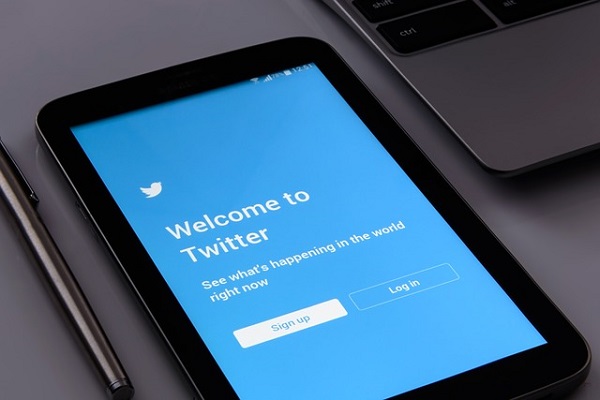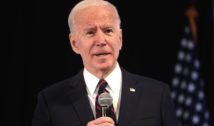
Twitter Takes Action Against Abusive Behavior and ISIS Propaganda
- By Kelly Frazier --
- 30 Dec 2015 --

Twitter’s updated stance and action against online abuse
Social media has been increasingly used as a platform to propagate hateful rhetoric. Religious groups are a common target of online harassment, because of the virtual freedom enabled by social media sites like Twitter, and the inherently controversial and volatile nature of religion and religious issues. Twitter, whose presence has infiltrated political, religious, and social sectors, has been under a lot of pressure to amplify their efforts in combating online harassment. While its success has catapulted the site to become a virtual court of global public opinion, there is still much to be done in making sure that it is not used as a pulpit to spew hate, bigotry and intolerance.
Twitter Takes Action Against Abusive Behavior and ISIS Propaganda[/tweetthis]
On December 30, 2015, it was reported by Reuters that Twitter “has clarified its definition of abusive behavior.” The change includes banning “hateful conduct” that shows group-specific violence. This is Twitter’s response to the strengthening of public criticism and protest that the popular social media platform has not initiated sufficient action to stop the Islamic State (ISIS) from using the site to promote its agenda and recruit more members.
Megan Cristina, Twitter Director of Trust and Safety, posted a resolute statement on the Twitter blog showing Twitter’s stance and action against online abuse. While acknowledging that “diverse opinions and beliefs” are embraced and encouraged, Cristina made clear that messages that “cross the line into abuse” will not be tolerated.
The official Twitter blog states: “Today, as part of our continued efforts to combat abuse, we’re updating the Twitter Rules to clarify what we consider to be abusive behavior and hateful conduct. The updated language emphasizes that Twitter will not tolerate behavior intended to harass, intimidate, or use fear to silence another user’s voice.”
Abusive behavior, as defined by Twitter rules, includes activities that are of the following nature: violent threats, harassment, hateful conduct, multiple account abuse, private information, impersonation and self-harm. Users will not be allowed to “make threats of violence,” create accounts whose primary purpose is “to harass or send abusive messages to others” or “promote violence against or directly attack or threaten other people on the basis of race, ethnicity, national origin, sexual orientation, gender, gender identity, religious affiliation, age, disability, or disease.”

J.M. Berger, who co-authored a March 2015 Brookings Institute Census of how ISIS has used Twitter, discovered that the terrorist group has maintained at least 46,000 accounts from September to December 2014. He stated: “The new definition is much clearer and takes some of the guesswork out of determining if a Tweet violates the rules.”
Isis Twitter Census Berger Morgan
If Twitter successfully implements the policy change, “Terrorists and hate groups will leave,” said Rabbi Abraham Cooper, head of the Digital Terrorism and The Project at the Simon Wiesenthal Center in Los Angeles. He emphasized that repeat offenders must be blocked, and existing accounts that do not comply with the revised policy must be removed.
U.S. Congress pushed forward legislation in early December that would require social media platforms such as Twitter and Facebook to “notify federal authorities of any detected ‘terrorist activity.”
In February 2015, then Twitter CEO Dick Costolo admitted that he was “frankly ashamed” of the company’s “poor” handling of “simple trolling issues.” He stated that he took personal responsibility for Twitter’s inability to sufficiently address them. In 2014, Twitter initiated a new harassment policy, which included two updated features that make it easier for users to handle harassment on the site. These include features that enable more convenient management of blocked users and a better system for reporting abusive tweets.




















